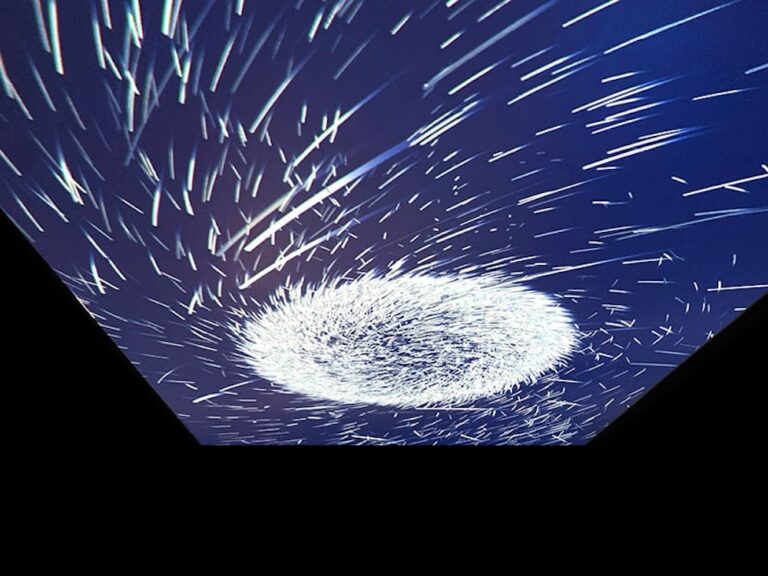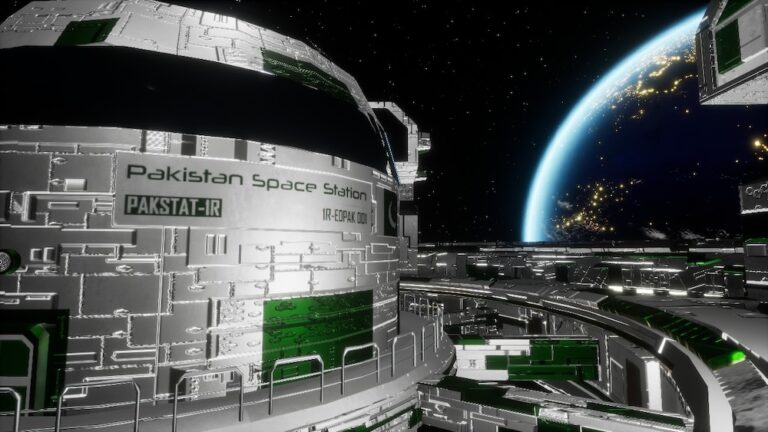
Art has always been a mirror reflecting the essence of the times, and the realms of modern and contemporary art stand as testament to the ever-evolving nature of human expression. This journey through the corridors of art history unveils the transformative narratives that have shaped the artistic landscape, from the birth of modernism to the eclectic expressions of contemporary art.
The late 19th and early 20th centuries witnessed a radical departure from traditional artistic norms. Modernism, a movement that emerged as a response to the rapid changes in society, technology, and industrialization, sought to break free from the constraints of academic art. Artists like Édouard Manet, Paul Cézanne, and Vincent van Gogh challenged established norms, embracing new techniques and perspectives.
Impressionism, a key precursor to modernism, celebrated the fleeting effects of light and color. Claude Monet’s “Impression, Sunrise” exemplified this shift, showcasing loose brushstrokes and a departure from detailed representation. The movement marked a departure from the realism of the past, paving the way for artistic experimentation.
As modernism continued to evolve, artists delved into new dimensions of perception. Cubism, pioneered by Pablo Picasso and Georges Braque, shattered traditional notions of representation. This movement, characterized by fragmented forms and multiple perspectives, aimed to capture the essence of an object rather than its literal depiction.
Simultaneously, abstract art emerged, with Wassily Kandinsky leading the charge. His work, like “Composition VII,” embraced non-representational forms, allowing viewers to explore the emotional and spiritual impact of color and shape. These movements pushed the boundaries of artistic expression, laying the groundwork for the diverse tapestry of contemporary art.
The aftermath of World War I saw the rise of Surrealism and Dadaism, movements that challenged rationality and traditional artistic conventions. Surrealism, led by Salvador Dalí and René Magritte, explored the subconscious mind and dreams. The melting clocks in Dalí’s “The Persistence of Memory” and Magritte’s surreal juxtapositions demonstrated a departure from reality into the mysterious realms of the mind.
Dadaism, on the other hand, embraced absurdity and anti-art sentiments. Marcel Duchamp’s “Fountain,” a urinal turned art object, exemplified the movement’s rejection of conventional aesthetics. These movements not only questioned societal norms but also paved the way for the unpredictability and diversity that define contemporary art.
The aftermath of World War II witnessed a diverse array of artistic expressions as artists sought to make sense of the devastation. Abstract Expressionism emerged as a powerful force, with artists like Jackson Pollock and Willem de Kooning exploring the emotional and subconscious dimensions of art. Pollock’s “Autumn Rhythm” and de Kooning’s “Woman I” encapsulated the intensity and spontaneity of this movement.
Pop Art followed, challenging the distinction between high and low culture. Icons like Andy Warhol celebrated mass production and consumerism, with his iconic Campbell’s Soup Cans becoming an emblem of the movement. The post-war period marked a turning point, setting the stage for the dynamic and often provocative expressions of contemporary art.
Contemporary art, a broad and fluid category, encompasses a myriad of styles, mediums, and ideologies. The advent of technology has introduced new dimensions, with digital art, installations, and performance art becoming integral components of the artistic discourse.
The 21st century has witnessed the rise of street art and graffiti as legitimate forms of expression. Artists like Banksy have transcended traditional art spaces, using the urban landscape as their canvas to convey social and political messages. This democratization of art challenges the conventional gallery model, making artistic expression more accessible to the masses.
Moreover, contemporary artists often engage with issues such as identity, globalization, and environmental concerns. Ai Weiwei’s provocative installations, like “Sunflower Seeds,” prompt reflection on mass production and individuality, while Yayoi Kusama’s immersive installations, like “Infinity Mirrored Room,” invite viewers into a realm of boundless imagination.
The evolution from modernism to contemporary art reflects the dynamic nature of human expression. Artists have continually pushed boundaries, challenging societal norms and expanding the possibilities of visual language. The rich tapestry of modern and contemporary art invites us to explore diverse perspectives, question established conventions, and embrace the ever-evolving nature of creativity. As we navigate this vast landscape, we find that art is not merely a reflection of our world; it is a catalyst for shaping the future.

A brilliantly curated exhibition delves into globalisation and cultural exchange themes Technology, generally linked with

Ejaz Art Gallery in Lahore recently exhibited the group show ‘Unity in Flux: The Ones

Abstract art, a genre that emphasizes non-representational forms and colors, has captivated audiences and art